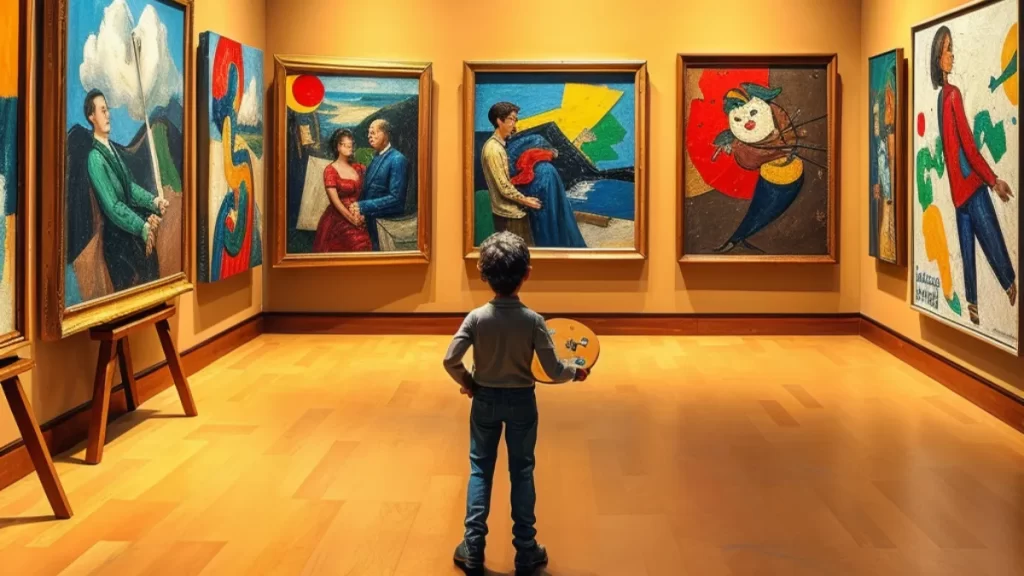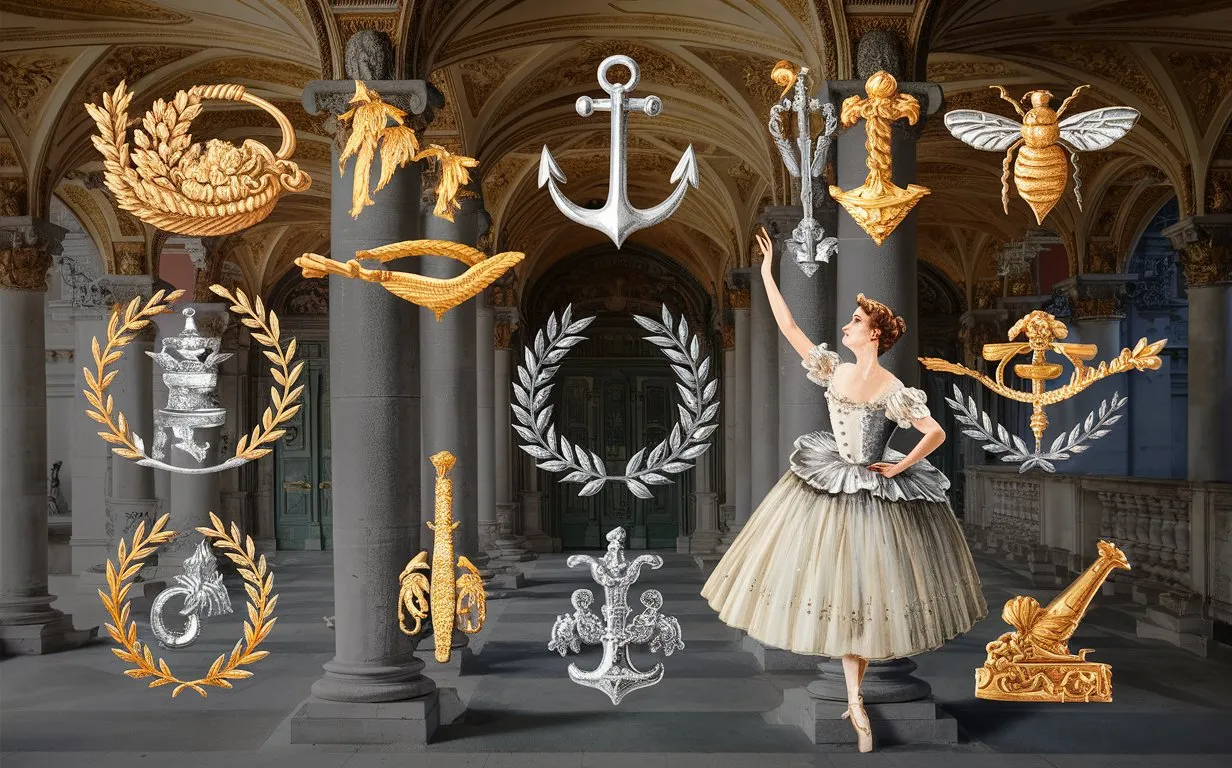Table of Contents
Different painting styles have always fascinated art lovers and artists alike. Each style offers a unique window into the artist’s mind, reflecting their emotions, perspectives, and creativity. Whether you’re an aspiring artist or simply someone who appreciates art, understanding these styles can deepen your appreciation and inspire creativity. In this article, we will explore different painting styles, reveal their secrets, and uncover the latest updates in the world of art.
What Are Painting Styles?
Painting styles refer to artists’ distinct techniques and approaches to create their work. Each style has its own set of rules, methods, and characteristics that make it unique. Understanding different painting styles is critical to unlocking the secrets behind famous artworks and discovering new ways to express yourself through art.
Understanding different Painting Styles Is Important.
Understanding painting styles is not just for artists; it’s for anyone who loves art. When you know different painting styles, you can appreciate the diversity and depth of artworks. It also allows you to connect with the artist’s message on a deeper level, knowing what techniques they used to bring their vision to life.
Exploring Different Painting Styles
Let’s dive into some famous painting styles that have shaped the art world. Each style tells a story, reflects a period, or captures the essence of the artist’s emotions.
Realism: Capturing Life As It Is
Realism is all about capturing the world precisely as it appears. Artists who practice realism focus on creating lifelike images, paying close attention to details, light, and shadow. This style aims to represent subjects truthfully without exaggeration or alteration.
In the 19th century, realism developed as an opposition to romanticism. Artists wanted to depict everyday life, ordinary people, and genuine emotions. Because of its precise detail, a realistic painting might make you feel like you are looking at a photograph.
Impressionism: Playing with Light and Color
Impressionism is a style that began in the late 19th century and focuses on capturing the moment. Impressionist artists are known for their vibrant colours, quick brushstrokes, and emphasis on light. Instead of focusing on the details, they aimed to capture the feeling or impression of a scene.
Impressionism broke away from traditional painting methods, allowing artists to explore new techniques. This style often depicts landscapes, everyday scenes, and moments in time, giving viewers a sense of immediacy and movement.
Abstract: Freedom of Expression

Abstract painting is all about freedom. Unlike realism or impressionism, abstract art doesn’t aim to represent reality. Instead, it uses shapes, colors, and forms to express emotions and ideas. Abstract artists often experiment with different techniques, allowing their creativity to flow without restrictions.
Abstract art can be seen as a visual language that speaks directly to the emotions. Its style encourages viewers to interpret the artwork their way, finding meaning in the abstract forms.
Surrealism: Dreamlike and Bizarre
Surrealism is a painting style that delves into the world of dreams and the unconscious mind. Surrealist artists create strange, fantastical images that often don’t make logical sense. This style emerged in the early 20th century and was influenced by the works of Sigmund Freud.
Surrealism invites viewers to enter a world where reality and imagination blend. It challenges the viewer’s perception of reality, making them question what is real and what is fantasy.
Expressionism: Emotions on Canvas
Expressionism is a style that focuses on expressing emotions rather than depicting reality. Artists who practice expressionism use bold colors, exaggerated forms, and intense brushstrokes to convey their feelings. This style reflects the artist’s inner turmoil, fears, or passions.
Expressionism emerged in the early 20th century as a reaction against realism. Instead of trying to replicate the world, expressionist artists wanted to show how it felt to them. This style connects deeply with the viewer, evoking strong emotions.
Cubism: Breaking Down Forms
Cubism is a painting style that breaks down objects into geometric shapes. Artists like Pablo Picasso and Georges Braque pioneered this style in the early 20th century. Cubism challenges traditional perspective by showing multiple angles of an object at once.
Cubism was revolutionary in its approach, changing how people thought about art. It encouraged viewers to see the world from different perspectives and appreciate the complexity of forms.
Different Painting Styles: Latest Exciting Updates in the Art World

The art world is constantly evolving, and new developments in painting styles continue to emerge. Today’s artists blend traditional techniques with modern technology, creating hybrid styles that push the boundaries of what art can be.
Digital Painting: Merging Technology with Art
One of the most exciting updates in the art world is the rise of digital painting. Digital artists use software and tablets to create stunning artworks that can mimic traditional painting styles or explore entirely new possibilities. This style offers endless opportunities for creativity, allowing artists to experiment with colors, textures, and techniques that would be difficult to achieve with traditional media.
Eco-Friendly Painting: Art with a Purpose
Another exciting trend is the focus on eco-friendly painting. Artists are becoming more conscious of the environment, choosing sustainable materials and methods. This movement reflects a growing awareness of the impact of art on the planet and a desire to create works that are not only beautiful but also responsible.
Also Read: Second Empire Style Symbols: Uncover the Timeless Elegance
Embrace the World of Different Painting Styles
Understanding different painting styles is like unlocking a treasure chest of creativity. Each style offers a unique way to see the world, express emotions, and tell stories. Whether you’re an artist looking to explore new techniques or an art lover wanting to deepen your appreciation, diving into these styles will enrich your experience.





